 9 tips for exploring creativity in landscape projects
9 tips for exploring creativity in landscape projects
Exploring creativity in landscape projects is a task that requires the landscaper to master creation techniques and advanced knowledge on different areas of landscaping, such as: botany, lawns, vertical gardens, design, lighting, irrigationamong others. Knowledge is crucial, as it is what gives the professional property to develop their creativity in a coherent and harmonious way.
Many professionals who work with projects have already faced difficulties in the creative process, even those who have more ease and that creativity flows in a simple and easy way. Others already have more obstacles, because creating becomes confusing and complicated. In such cases it is necessary to understand what is causing this block, whether it is lack of knowledge, inspiration or even excess pressure.
When detecting what is causing this obstacle, it is useful to look for tools that boost and inspire creativity to uniquely start the creation process. Another important thing that can and should be used is a creation methodology for the landscape design area (see this creation methodology course in landscaping), as it works as a lever to start, after the process has started, it is very easier to get off the ground.
There are several tools in the creation methodology and all the activities inherent to them are ways to boost creativity and unify the senses, perceptions and emotions. Creation goes beyond the rational, it is immersed in every way and to help you explore them we have separated 9 tips that will stimulate your creativity.
9 tips on how to explore creativity in landscape projects
1. Repertoire: If we need an empty space to create, we need a full mind to explore. You need references to spark creativity. Study and master as many techniques and trends as you can. The more knowledge you have, the more repertoire you will have to explore. Make your mind a gallery and fill it with valuable items.
2. Inspiration: We all have things that inspire us and don't stick to one. For each moment there is something different that can be a source of inspiration, it can be a painting, a book, a landscape, a film, a song, among others. There are no limitations to the things that inspire us.
3. Brainstorm: It is a good ally in the stage of expanding creativity in landscape projects, it is possible to more easily develop the process of creating ideas. Because we started a storm of ideas and without prejudice it is possible to release and pass to paper what in the future may be a great project.
4. Methodology for creation: Developing your own creative methodology is not easy, especially when it comes to landscape projects. It is necessary to follow the processes of elaboration and construction of the project, techniques, styles and trends in landscaping, among many others to finally arrive at the creation of the project. With patience, application and a lot of research it becomes possible to develop your own method. For those who want a shorter path, it is interesting to evaluate the option of taking a project creation methodology course.
5. You need to know how to listen: To develop a landscape design creatively and that meets your client's needs, you need to know how to listen. Listen to your customer very carefully and try to imagine every detail he describes. After this conversation you will feel more secure to use creativity without fear of making mistakes in the elements. Many great ideas have already been wasted because I am not sure if I could insert something into the project. What's more, it is necessary to know how to listen not only to the client, but to everyone around you, teachers, bosses, colleagues, etc.
6. Organization: Creativity is totally free after it starts, but when we need to give it a little push, maybe organization is the beginning. It can be the basics of the organization, like putting all your customer's requirements on a sheet, or even your own requirements. It is easier to create when you know clearly what you have to create, especially in landscaping.
7. Visualization and search: Once you know each item you want and need to use in the project, research each item separately. See several options, it is a great exercise for creation. As well as the images help in the creative process, you will have information about each one and may even discover new things.
8. Reflect: For creativity to be better explored, sometimes it is only necessary to allow the mind to work without charge, at least for a few moments. The simple act of letting thoughts develop in a natural way while enjoying the scenery or having a cup of tea looking at any wall can be enough to break the blockage caused by the pressure of sitting in front of a table exclusively to produce . Even creativity needs time just for it.
9. Music: Listening to happy music helps to stimulate creativity, according to research by Simone Ritter, from Radboud Nijmegen University in the Netherlands and Sam Ferguson, from Sydney University of Technology, Australia. Who has never had an easier time working or developing a project listening to music? Now we have a study that proves that really listening to music improves creativity.
Exploring creativity in landscape projects is a complex task because it involves a series of specific knowledge and the need to have sensitivity to detect what is causing the block, but after detecting it, just work in the proper way that creativity becomes flow almost naturally.
By: Conapa Newsroom
Leave suggestions for themes in the comments. We want to write to you.
Read too:
Course: Methodology for creating landscape projects
Landscaping Trend: How to convince the customer to have a vegetable garden at home



 9 tips for exploring creativity in landscape projects
9 tips for exploring creativity in landscape projects 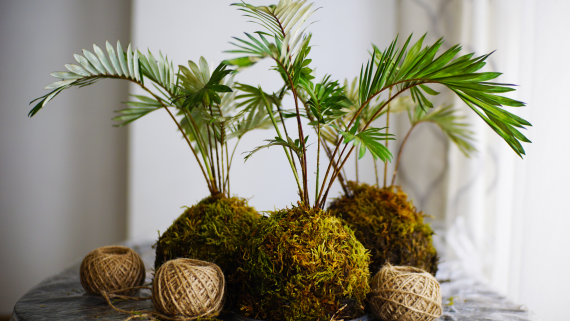
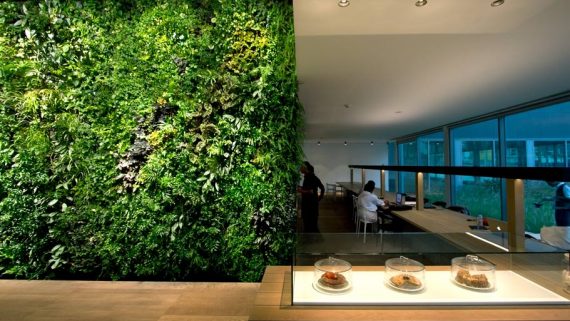
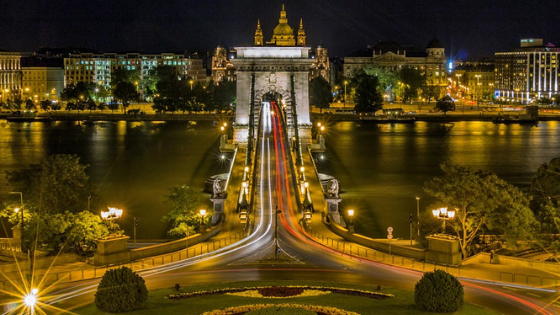
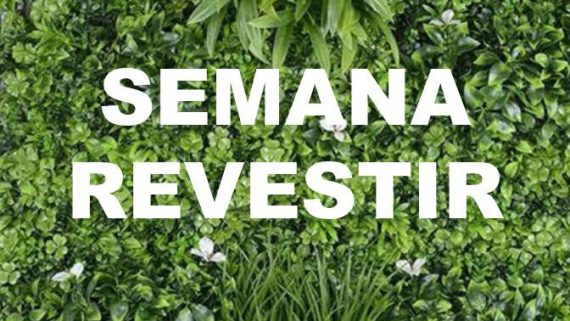



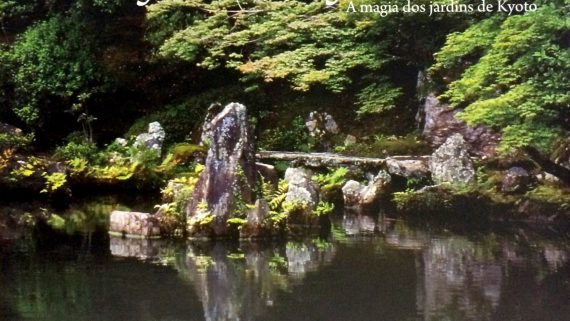
Comentários
No comments yet